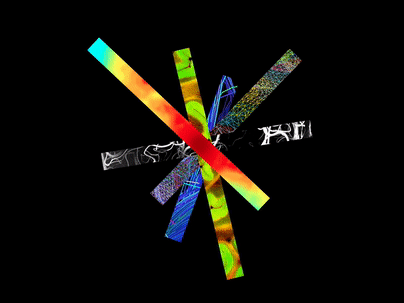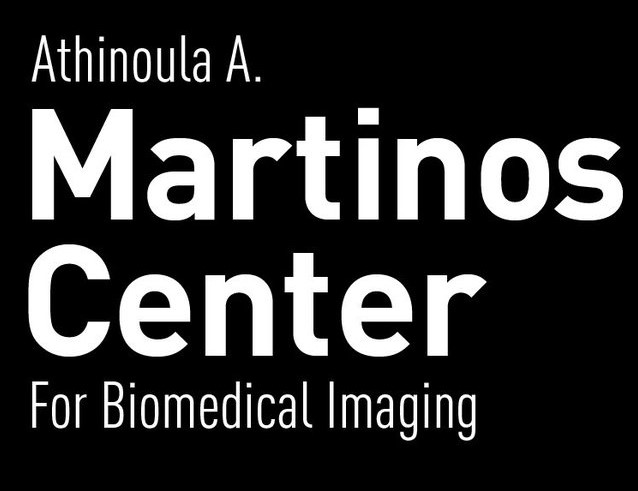Understanding visual perception and neural mechanisms underlying it
Since 2009, a large portion of Dr. Nasr’s and Dr. Tootell’s efforts have been focused on revealing neural mechanisms underlying visual perception in humans and non-human primates (e.g. see Nasr et al., 2011; Nasr et al., 2015). Using behavioral tests, along with conventional and high-resolution neuroimaging techniques, their current studies are focused on clarifying the columnar neural mechanisms underlying depth, motion, color and shape perception (e.g. see Nasr and Tootell, 2020; Tootell and Nasr, in press).
Impacts of developmental disorders on visual perception
In collaboration with Dr. Hunter (Boston Children’s Hospital) and Dr. Bex (Northeastern University), our team is working on clarifying neural impairments caused by Amblyopia, a common developmental disorder due to interruption of binocular vision in early stages of life. In this project, recently funded by the National Institute of Health (NIH), Dr. Nasr and his colleagues take advantage of high-resolution fMRI to reveal the impacts of Amblyopia on specific neural columns that are distributed across the visual cortex. These mesoscale cortical structures are not typically detectable based on the conventional neuroimaging techniques. Results of this project are expected to expand our understanding of Amblyopia and to aid clinicians to improve the efficiency of Amblyopia treatment methods.
Impacts of neurodegenerative disorders on visual perception
In collaboration with Dr. Rosas, our team studies the impacts of Huntington’s Disease (HD), a neurodegenerative disorder, on cortical and subcortical structures that contribute in a variety of cognitive tasks such as object, scene, and face perception. Results of our studies have revealed multiple perceptual impairments in HD patients, even in the pre-symptomatic stages of this disorder, that were previously unknown (Nasr and Rosas, 2016; 2019). Currently, we are focused on understanding neural impairments underlying HD related disorders in facial expression encoding.
Developing more advanced neuroimaging techniques and MR compatible devices
Our team is in close/constant collaboration with MR physicists and engineers in the Martinos Center for Biomedical Imaging, lead by Dr. Polimeni, Dr. Stockman, and Dr. Wald. Results of this collaboration have led to development of more advanced fMRI sequences that can open the door to future ultra-high-resolution neuroimaging studies (Berman et al., 2020). Recently, we have introduced new MR-compatible goggles that enable us to stimulate those parts of the visual cortex that were previously out of our reach inside an fMRI scanner (Nasr et al., 2020). Currently, we are focused on developing the next generation of AC-DC head coils (and accessories) which will enable us to use high-resolution fMRI to assess neural activity within those brain regions that are typically affected by susceptibility artifacts.




